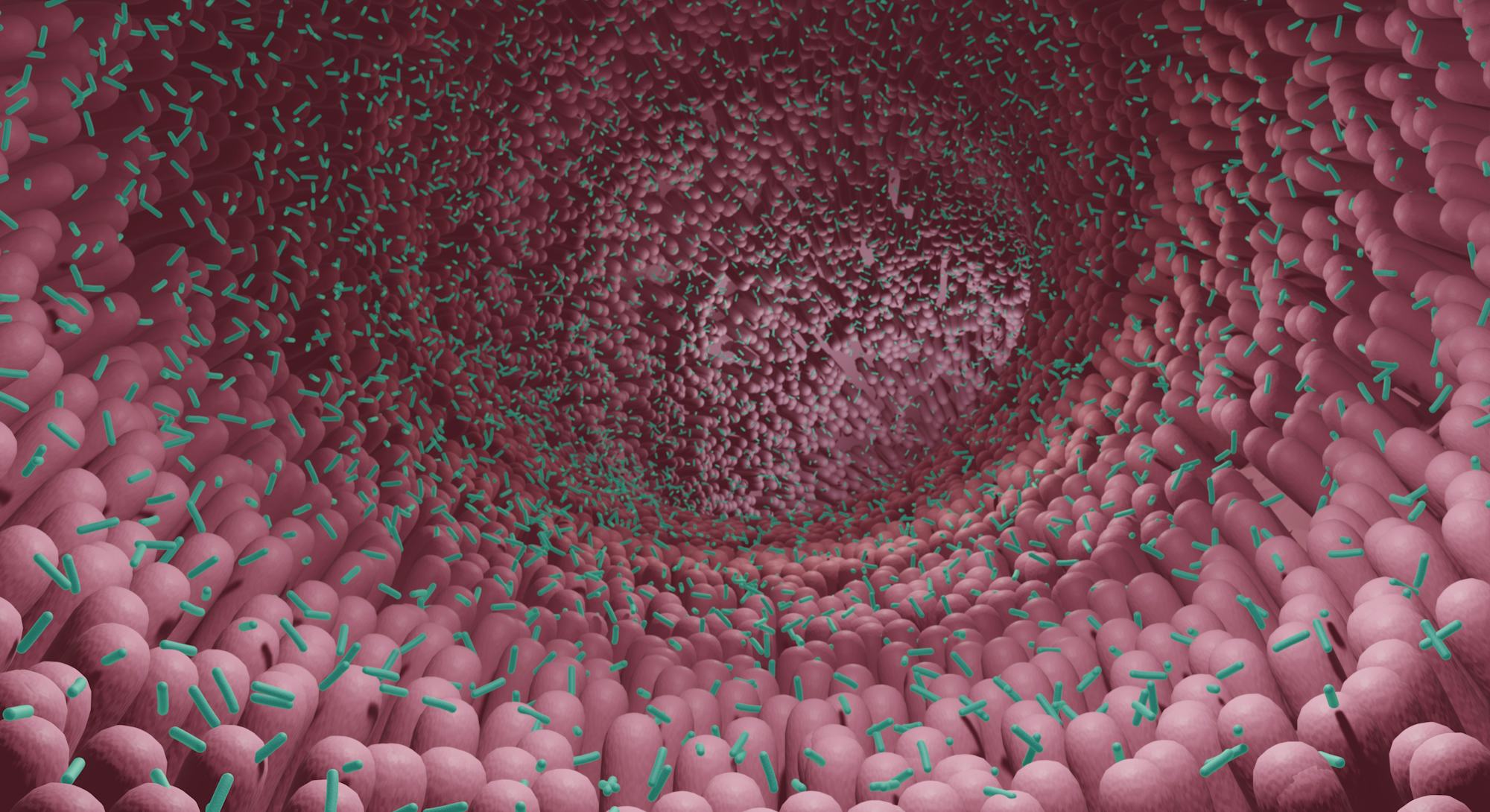Spectators can expect to see the greatest number of meteors during the shower's peak between Aug. 11-13 this year, according to Earthsky.org.
Every year, Earth passes through the path of Comet Swift-Tuttle from July 17 to Aug. 24, with the shower's peak — when Earth passes through the densest, dustiest area — occurring Aug. 11-13.
This year, you can expect to see up to 60 meteors per hour at the shower's peak, according to Earthsky.org.
Last year, the bright moonlight didn't obscure the view of the meteor shower too badly, but the moon's glow is a continuing concern for skywatchers looking for a clear view. Even though the Perseids are especially bright, moonlight can make viewing a bit tricky.
You can see the Perseid meteor shower best in the Northern Hemisphere and down to the mid-southern latitudes, and all you need to catch the show is darkness, somewhere comfortable to sit and a bit of patience. READ MORE




















